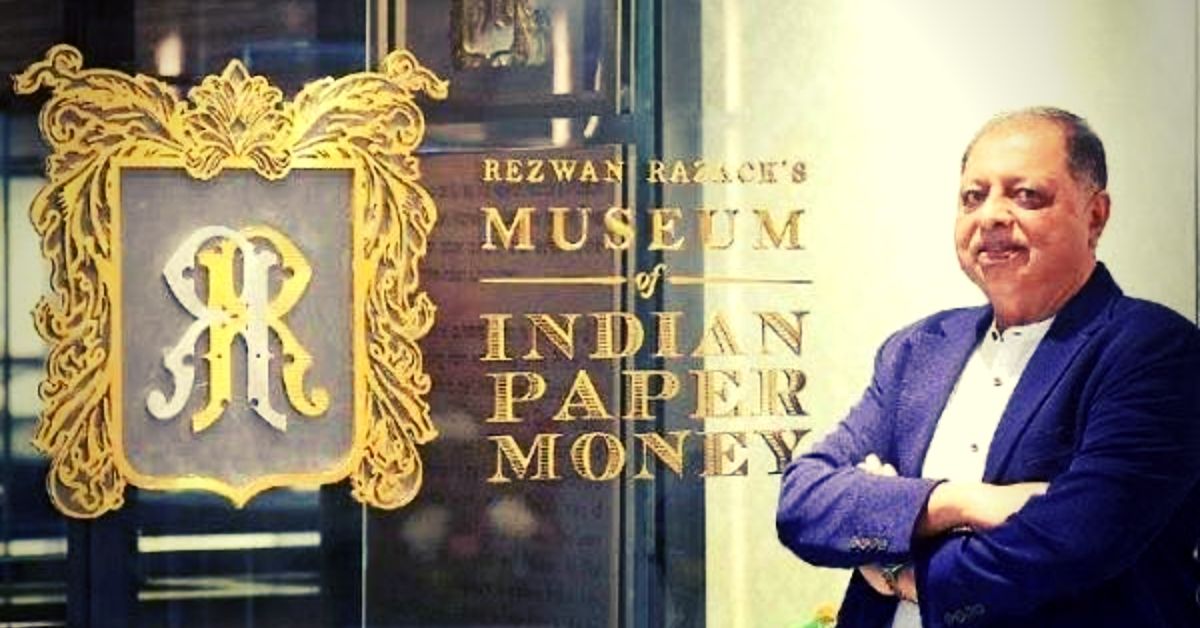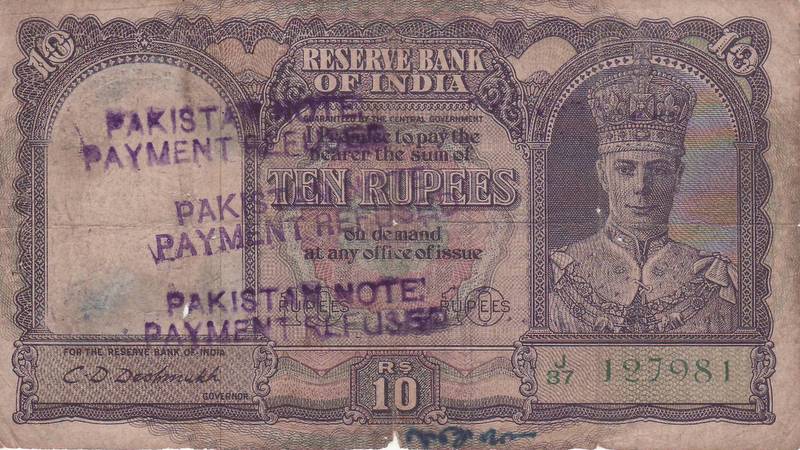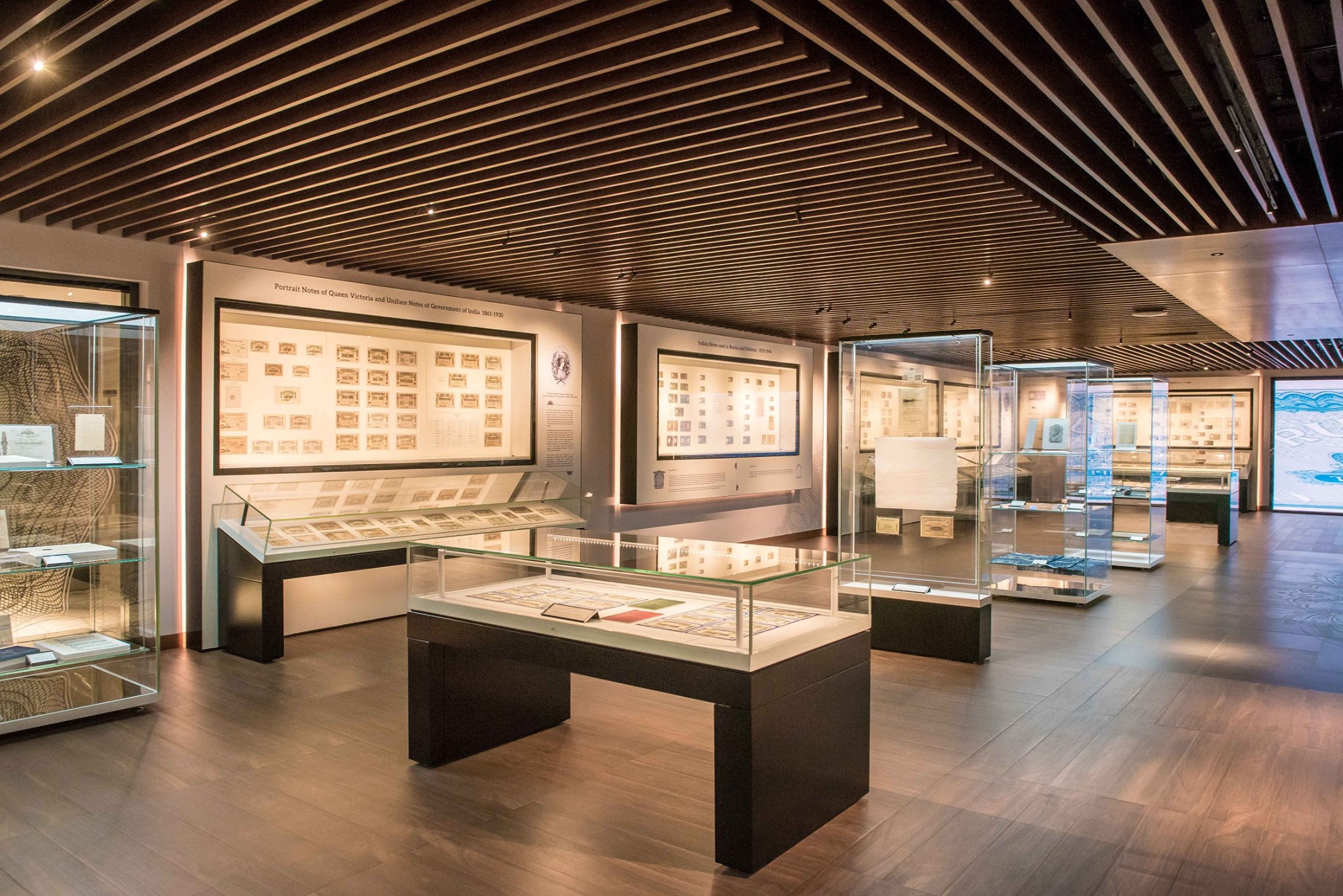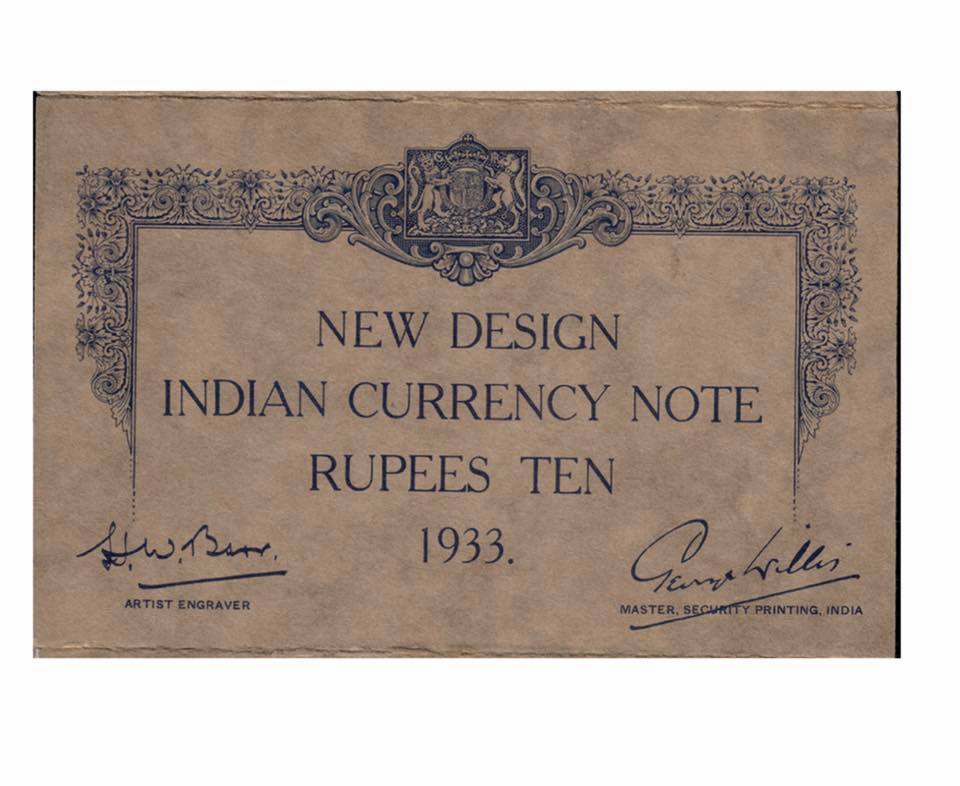RBI’s Pakistani Notes to Hyderabadi Rupee: India’s 1st Museum of Currency Is a Must Visit!
"Pakistan found it difficult to devise a new currency system overnight after partition and decided to take help from RBI, which explains the RBI & Pakistani Money symbols coexisting on the same note.”

Rezwan Razack’s love for paper currency was kindled in a rather accidental way in his childhood. As a school student, he once chanced upon a peculiar banknote in his grandfather’s safe.
“The note had ‘Reserve Bank of India’ embossed on one side while there was ‘Pakistan Note Payment Refused’ stamped on the overleaf. It intrigued me. How can a currency note say both RBI and Pakistan money? That was the start of my obsession with Indian paper currency,” shares Razack, the present joint Managing Director of Prestige Group and founder of India’s first museum of notes.

On 15 February, the Rezwan Razack’s Museum of Indian Paper Money was inaugurated near Ashok Nagar in Bengaluru, probably the first-of-its-kind in the country. Showcasing over 750 different currency notes from India over the past few centuries, the museum is fast becoming a favourite among Bengalureans with a penchant for history and numismatics. Perhaps the most astonishing part about the museum is that the entire collection has been personally curated by Razack over a period of 50 years.
The Curious Case of Pakistan Money with RBI’s Emblem
“It all started with that curious Pakistani note,” he continues. “There was no Google or history archives to answer my question as a child. I probed into the matter for a long time and ultimately found out that the Reserve Bank of India (set up in undivided India in 1935), had offered to extend their support to Pakistan for a year after partition. As a small country in its infancy, Pakistan found it difficult to devise a new currency system overnight and decided to take help from the RBI, which explains the RBI & Pakistani Money symbols coexisting on the same note.”
Razack clarifies further that after the RBI withdrew its support to Pakistan in June 1948, some people tried to continue circulating the outdated currency notes by scraping out the ‘Government of Pakistan’ & ‘Hukumat-e-Pakistan’ embossing with a blade. These notes would be stamped as ‘Pakistan Note Payment Refused’ if found by the Indian banks.
One can find this curious Pakistani note at Razack’s museum along with notes dating up to the East India Company regime, notes from Portuguese and French colonies in India as well as paper tokens handed out to British-era prisoners instead of actual money.

Some of Razack’s prized possessions
The official currency notes of India were printed from 1928, a little before the RBI was established in 1935. The existing currency notes till then were those circulated by the British, with official sanction of the United Kingdom government.
Razack shares snippets of history behind the most fascinating pieces in his elaborate collection.
Prior to British colonisation, many Indian monarchs had also introduced personal paper currency valid in their own provinces. “For instance, the princely state of Hyderabad happened to be the only Indian province permitted by the British as well as the independent Republic of India later, to continue with their own royal currency system. The Hyderabadi rupee was well into existence from 1918 to 1959,” informs Razack. Incidentally, Jammu & Kashmir happened to be the only other province to issue paper currency in pre-independent India. Some royal provinces had their own coinage system though.

“During the Second World War, 36 smaller princely states of India issued emergency paper tokens or ‘Cash Coupons’ instead of coins since there was a shortage in metal supply. Later, such cash coupons were introduced in Burma (present Myanmar) as well to facilitate exchange.”
Procuring the banknotes for 50 years
Aside from being a top industrialist of India, Razack is also hailed as India’s biggest collector of banknotes. His book, Revised Standard Reference Guide to Indian Paper Money – is considered as the Bible of Indian banknotes by historians and collectors.
The passionate collector admits to receiving gracious support from his friends and acquaintances to keep up with his curious hobby. “Somehow the word spread about my habit of collecting notes, and my friends will ensure to send me any historical banknote that they came across,” Razack shares heartily. Family also came to his aid in some cases. For instance, he had procured some rare British Indian notes from an uncle in Conoor. Over the years, he also developed a good rapport with auction houses who would inevitably inform him about any new banknote in their possession.
Interestingly, he has also found many indispensable notes for his collection from local moneylenders and dealers.

Razack had planned this museum around a decade ago and has meticulously worked on his dream project ever since. Despite featuring modern architectural patterns, the museum exudes the very essence of heritage. The ornately displayed collection, with their history told in poignant words, immediately transport a visitor to another historic timeline.
Preservation of banknotes is inherently difficult, especially when compared to coins which survive every test of time. For perfect conservation of the notes in his collection, Razack maintains a humidity level below 60% inside the museum. The notes have been wrapped in acid-free Mylar paper, after several levels of restoration work by experts.
“The collection is priceless for me,” asserts Razack. He wishes more citizens to visit his museum and witness several unsung stories of Indian history unfold before their own eyes.
Also Read: Century-Old Kerala Boathouse Unveiled as India’s First Ever Biodiversity Museum!
(Edited by Saiqua Sultan)
Like this story? Or have something to share?
Write to us: [email protected]
Connect with us on Facebook and Twitter.
If you found our stories insightful, informative, or even just enjoyable, we invite you to consider making a voluntary payment to support the work we do at The Better India. Your contribution helps us continue producing quality content that educates, inspires, and drives positive change.
Choose one of the payment options below for your contribution-
By paying for the stories you value, you directly contribute to sustaining our efforts focused on making a difference in the world. Together, let’s ensure that impactful stories continue to be told and shared, enriching lives and communities alike.
Thank you for your support. Here are some frequently asked questions you might find helpful to know why you are contributing?


This story made me
-
97
-
121
-
89
-
167











